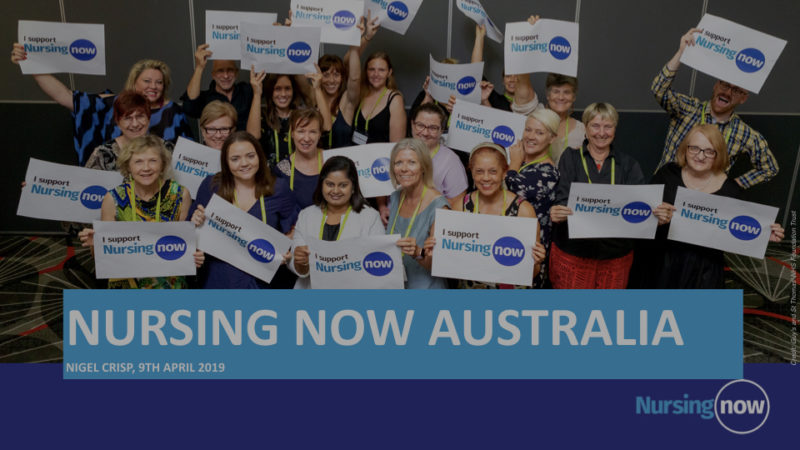Monash University researchers have developed a world-first personalised app to improve the sleep and mood of vital shift workers.
During the pandemic shift workers kept the nation functioning. Our healthcare shift workers helped many of us survive its deadly effects. We know from research and our own experience the critical role sleep plays in maintaining good mental and physical health.
Earlier this year, Turner Institute for Brain and Mental Health researchers developed SleepSync, the world’s first app that personalises sleep-wake cycles for shift workers to improve their sleep and overall mood.
The research, led by Dr Jade Murray, was published in the journal, Digital Health. Australian Health Journal met with Dr Murray to hear how the application has evolved and been used in personalisation of sleep habits for health care shift workforce.
It saw 27 shift workers trial the app over a two-week period; mainly intensive care and emergency department nurses at high risk of shift work disorder, commonly experienced as insomnia and excessive sleepiness.
SleepSync improved total sleep time, ability to fall asleep, sleep quality and perception of recovery on days off. With the app considering each individual’s daily routine, 70 percent reported it was easier to fall asleep, and more than 80 per cent reported better quality sleep. Participants slept an average 29 minutes longer each night.
“SleepSync aims to aid behavioural change and provide practical advice to shift workers by providing personalised sleep scheduling recommendations and education,” Dr Murray said.
“This has the potential to improve shift workers’ health and wellbeing and how they function day to day. It also has the potential for development and integration with wearable devices, such as smartwatches, and further help minimise the health costs associated with shift work to society.”
SleepSync, a mobile phone app, is unique because it is entirely tailored to the individual user by:
► incorporating a calendar for work and personal commitments
► providing biologically viable recommendations for sleep timing that account for work and social obligations based on the information users enter into the calendar, such as work shifts and important personal activities
► daily logging of actual sleep/wake times and mood
Users receive a ‘recovery score’ based on their level of adherence with the recommended sleep times.
Dr Murray said work hours outside the 9 to 5 regime play havoc with the body’s circadian clock. “Shift workers report an increased functional impact of sleep disturbance and misalignment, including impaired alertness and increased sleepiness during wakefulness compared to the general population,” she said.
“Shift workers are also at greater risk of a range of long-term adverse health consequences such as gastrointestinal problems, cardiovascular disease, mood disorders and cancer, as well as the short term increase in the risk of errors, accidents and injuries.”
To date, helping a shift worker to sleep well has largely relied on workplace interventions such as adjusting workplace lighting, scheduled workplace napping, sleep hygiene programs, wellness programs and workplace fatigue management programs.
Co-author Dr Tracey Sletten, of the Turner Institute, said individual workers needed evidence-backed ways to optimise their sleep around their work schedule. “Each person has different underlying biology and specific work patterns, which need to be accommodated in a personalised schedule to help them sleep better,” Dr Sletten said.
Dr Sletten said 67 percent of participants reported how influential SleepSync was for modifying their behaviour and habits, while 82 per cent found the app easy to incorporate into their daily lives. “They also reported improvements in mood (depression, anxiety and stress), insomnia symptom severity, sleep hygiene and sleep-related daytime impairments,” she said.
You Might also like
-
From University to Pharmacy Industry
The transition from full time academic study to industry can be both rewarding and challenging. Intern programs and an association for pharmacists, makes the transition easier.
The National Australian Pharmacy Students’ Association (NAPSA) represents students from 17 universities nationwide studying either an undergraduate or postgraduate program. The association advocates for Australian pharmacy students to ensure their future is prosperous and their status, rights and privileges are protected.
-
Nursing Now Australia Launches
The evening of Tuesday 9th April saw the launch of Nursing Now Australia in Sydney, with Lord Nigel Crisp, Co-Chair of Nursing Now.
Professor Christine Duffield FACN, President of Australian College of Nursing welcomed the start of the campaign and explained the relevance to Australian Nurses.
-
Entering The New Health Frontier
A new parliamentary report ‘The New Frontier: Delivering better health for all Australians’ is recommending significant reforms to the health care system to ensure Australians have better and faster access to the wave of new medicines and technologies.
The bipartisan report makes 31 recommendations to reform Australia’s system for the regulation and reimbursement with the hope that patients will receive faster access to the latest medicines and technologies.



